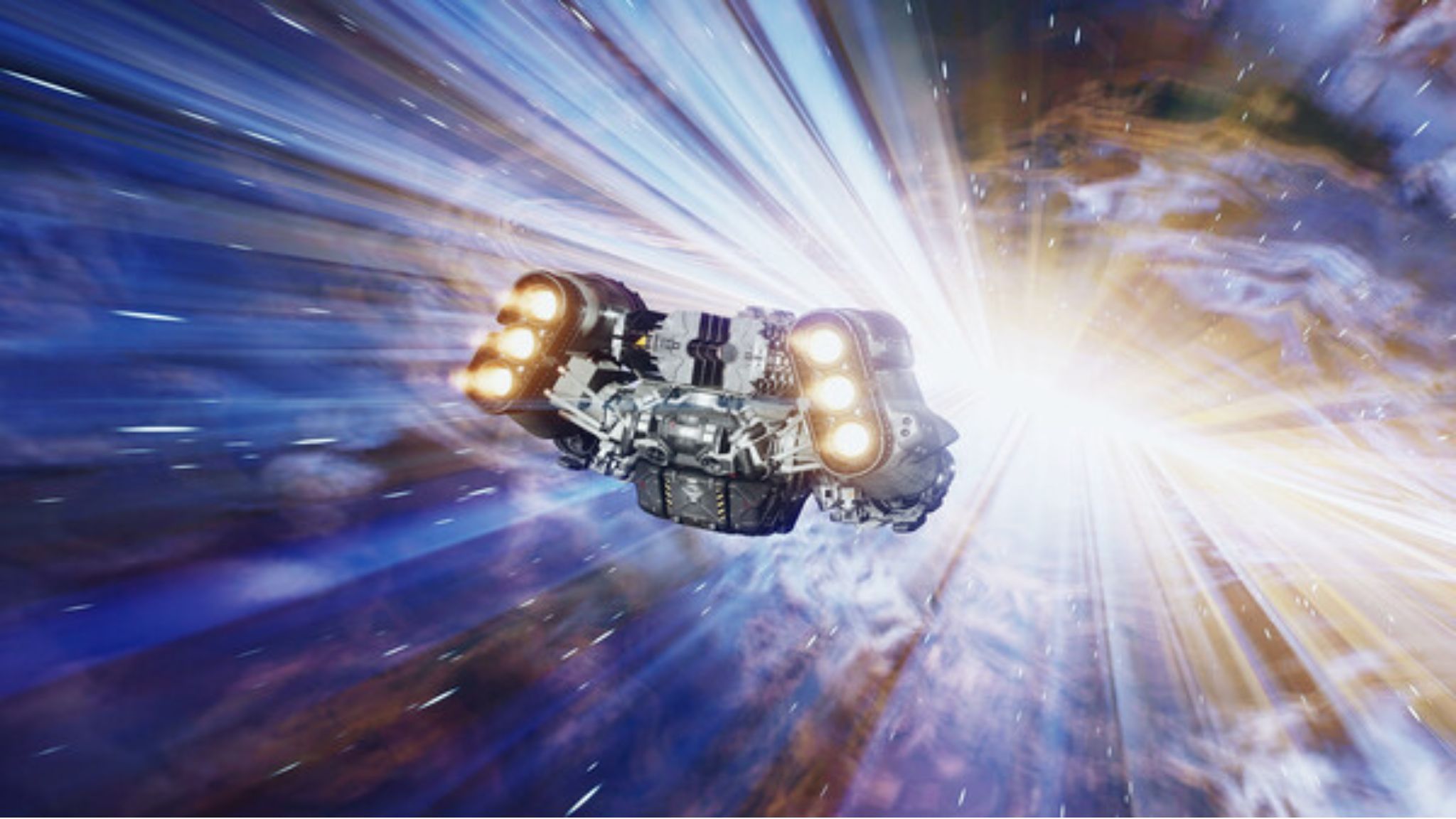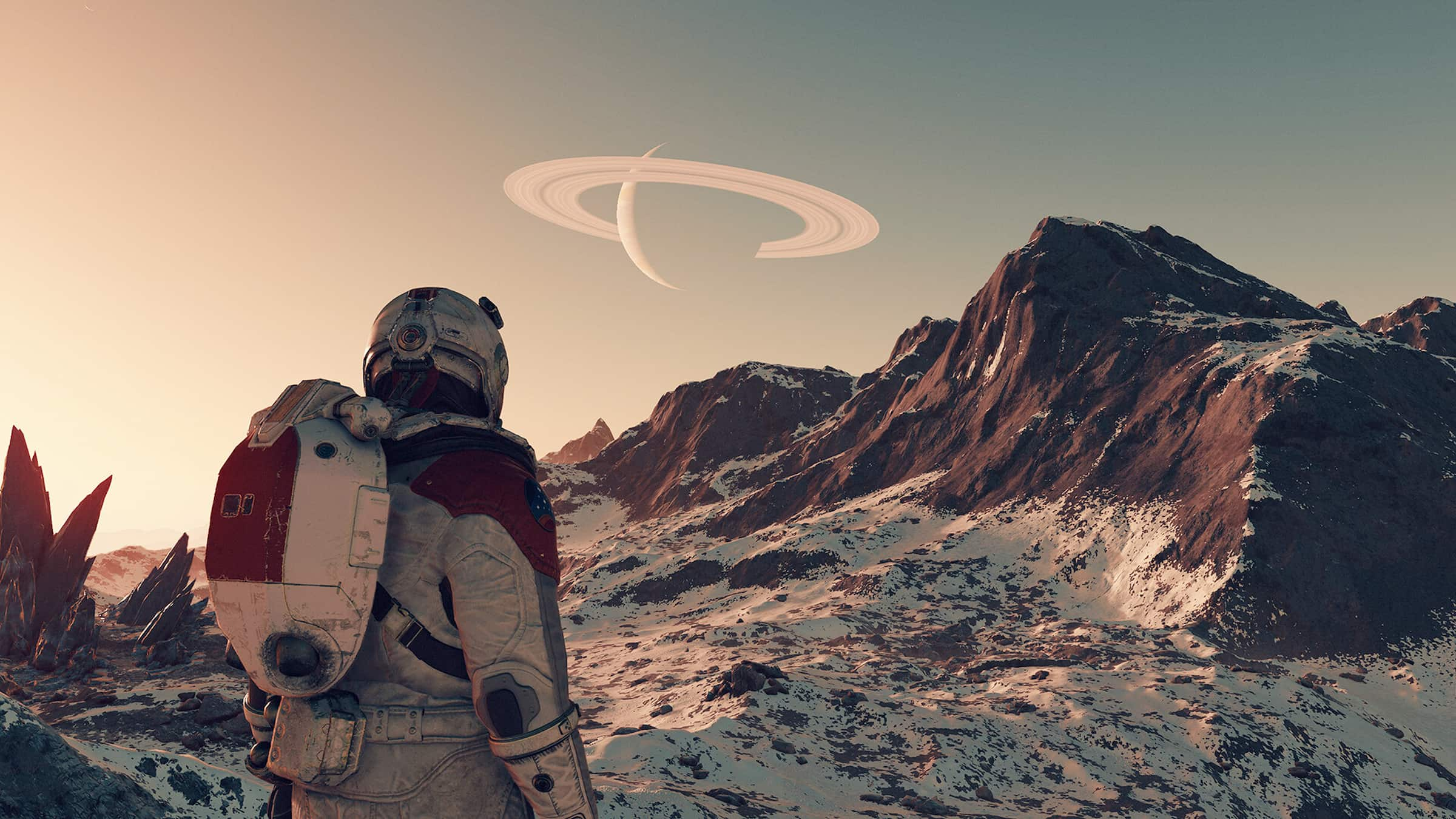
When I first heard about Starfield, I was seriously hyped. Bethesda, the team behind Skyrim and Fallout 4, was finally making a space RPG! As a sci-fi fan, the thought of exploring a whole galaxy full of weird planets and secrets kept me up at night. They promised thousands of planets to check out and endless ways to play. Honestly, for years, fans like me built this game up in our minds as the perfect Bethesda experience, but with spaceships instead of dragons.
When the game finally came out, all the excitement just… vanished. Remember how we all pictured this massive, unique universe? It turned out to be pretty disappointing. It felt like they just took a few cool-looking planets and repeated them over and over, and it was super obvious. They used this tech called procedural generation to make space feel big, but it actually made everything feel empty and lifeless. You could technically go anywhere, but honestly, most planets weren’t worth visiting. It was like getting a ton of loot boxes and only finding the same boring item every single time. Bethesda made a huge world, but they forgot to actually fill it with anything interesting.
The Vast Universe That Felt Hollow
Starfield is truly massive, with hundreds of star systems and thousands of planets offering incredible freedom. The initial hours are fantastic – stepping out of the mine and seeing a new world is a special experience. You’ll find moments of genuine awe, like watching a sunrise on a desolate moon and feeling like you’re the only person who matters. However, as you explore further, things start to feel repetitive. Pirate camps and abandoned labs begin to look almost identical, even on different planets, down to the smallest details. You eventually realize that many of the ‘new’ planets aren’t really that different – just variations of the same rocky landscapes in slightly different shades of gray.
It’s a disappointing feeling when you realize you’ve seen everything before, and the game can’t offer anything truly new. Once reality sets in, there’s no escaping the repetition. The issue isn’t with the idea of randomly generating content, but how it’s implemented. Instead of making the world feel diverse, it creates noticeable patterns – the same building layouts, the same items, even the same conversations. The game tries to trick you into thinking you’re discovering something unique, but your mind quickly recognizes the familiar, like wandering through a strangely familiar, endlessly repeating store.
It’s disappointing because Bethesda was once known for creating incredibly detailed and immersive worlds. Remember finding a mysterious cabin in Skyrim or a secret vault in Fallout 4? Those locations felt full of stories, even without any dialogue. Starfield aimed to capture that same feeling on a much larger, galactic scale, but it falls short. Many planets feel deserted, like empty film sets. Characters and creatures seem repetitive and don’t add much life, and the thrill of exploration quickly disappears when you realize how similar everything is. The initial sense of wonder doesn’t last because the universe feels like it’s made from the same repeated elements.
When Procedural Generation Isn’t Enough

While some criticize Bethesda’s use of procedural generation in Starfield, it was a sensible decision. Creating every planet in such a vast game by hand simply isn’t feasible. The problem isn’t the technology itself, but how it was implemented. Starfield could generate landscapes and buildings, but lacked the unique personality needed to make exploration truly engaging. The biggest issue is with points of interest – despite the galaxy’s size, planets feel repetitive, filled with the same handful of prefabricated structures reskinned to look different.
The game ultimately fell flat because its automatically generated content lacked imagination. It seemed like the developers relied too much on the algorithm to create worlds, instead of challenging it to create something truly special and representative of Starfield. If the systems had been more detailed – with each planet’s ruins telling a story or abandoned bases revealing local history – it could have been amazing. If the generation had been truly dynamic, offering unique experiences every time, it would have been a game-changer. The potential was there, but unfortunately, the developers seemed satisfied with simply making it ‘good enough.’ For a game about space exploration, that level of quality just isn’t sufficient.
The First Contact mission perfectly illustrates the game’s biggest problem. It started incredibly strong – humanity meeting descendants of lost colonists in space is a fantastic premise – and had the potential to be a truly memorable experience. However, it ultimately fell flat. The issue wasn’t the game’s procedural generation; it was Bethesda’s habit of not fully developing their promising ideas. First Contact ended up feeling like just another ordinary quest, a missed opportunity in a vast galactic setting. This is essentially the story of Starfield: brilliant ideas and well-developed concepts that, unfortunately, never quite came together in a satisfying way.
Read More
- The Most Jaw-Dropping Pop Culture Moments of 2025 Revealed
- 3 PS Plus Extra, Premium Games for December 2025 Leaked Early
- Best Controller Settings for ARC Raiders
- Where Winds Meet: How To Defeat Shadow Puppeteer (Boss Guide)
- Hazbin Hotel season 3 release date speculation and latest news
- Ashes of Creation Rogue Guide for Beginners
- Where Winds Meet: Best Weapon Combinations
- TikToker Madeleine White Marries Andrew Fedyk: See Her Wedding Dress
- Superman’s Breakout Star Is Part of Another Major Superhero Franchise
- 7 Most Overpowered Characters in Fighting Games, Ranked
2025-10-28 20:14